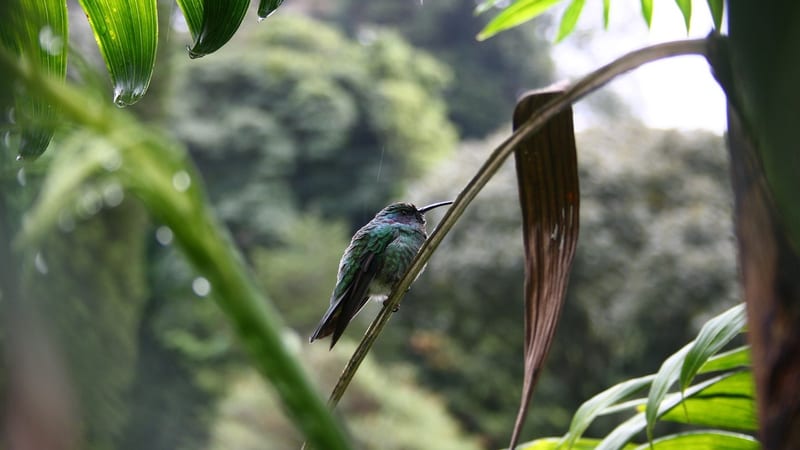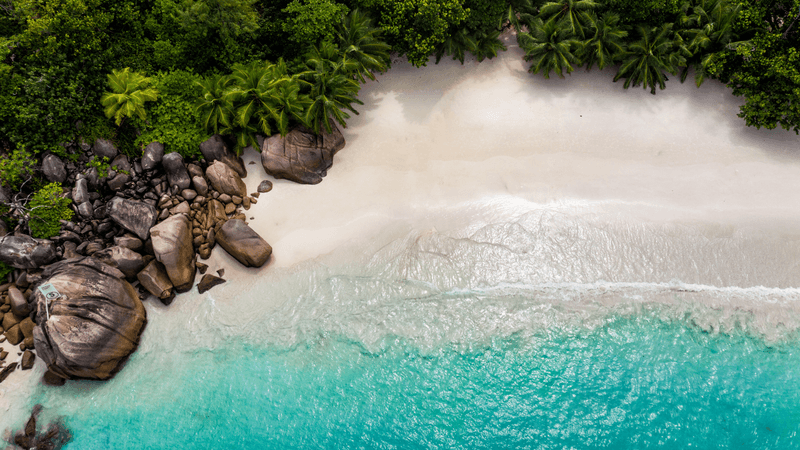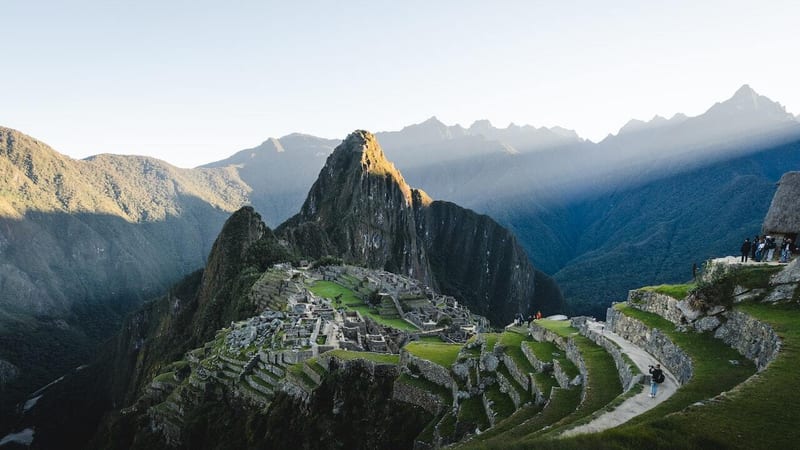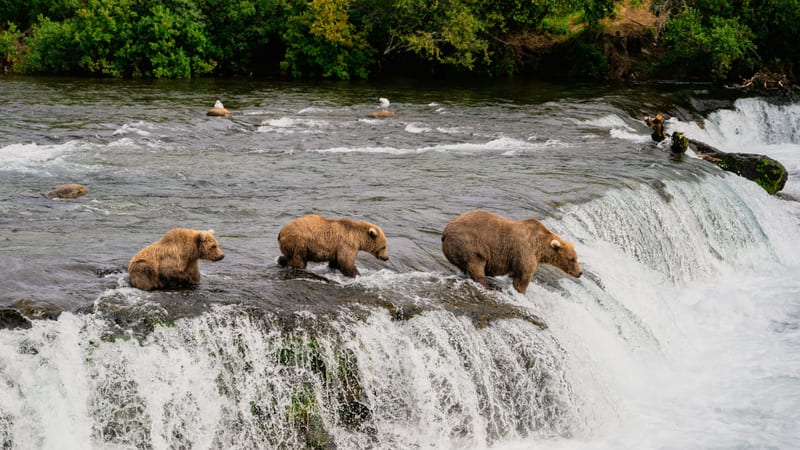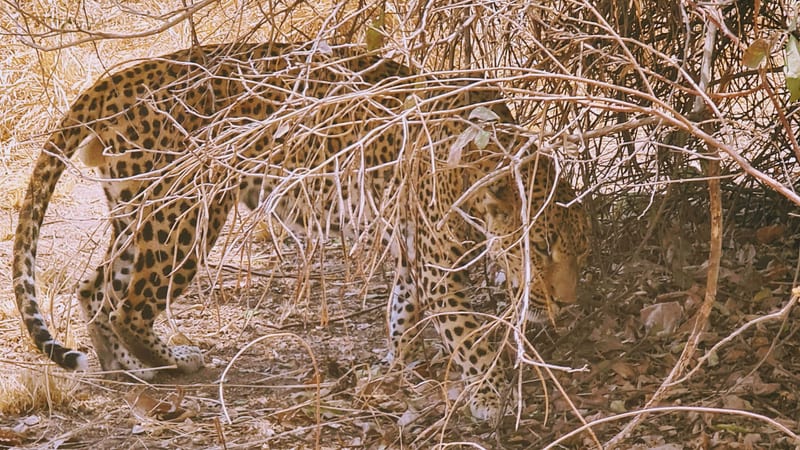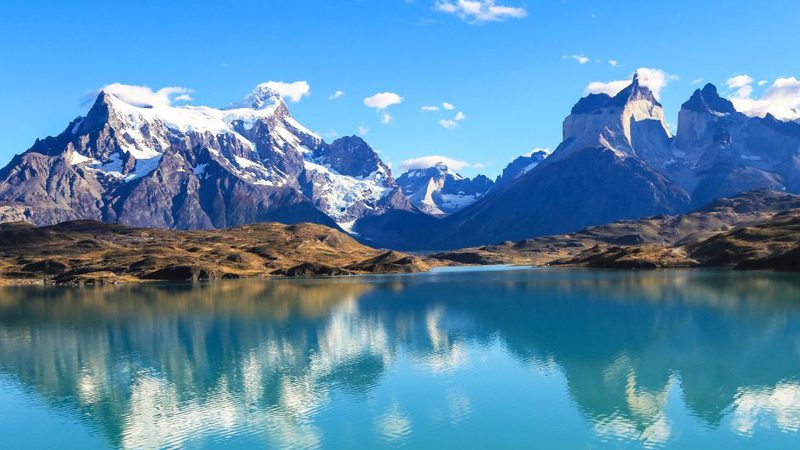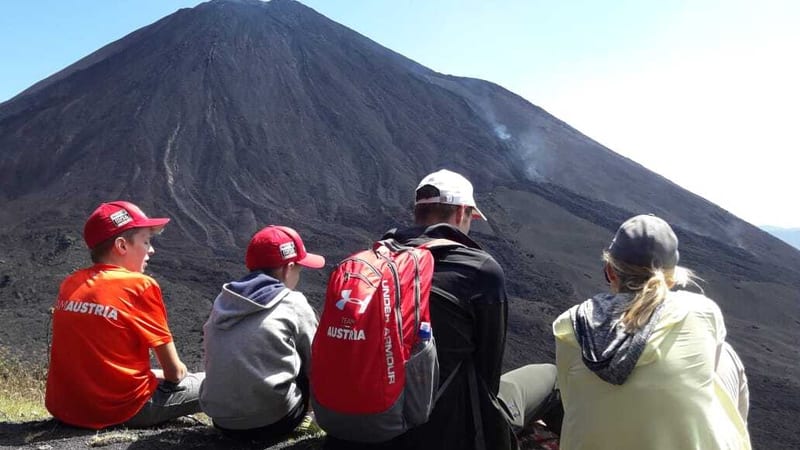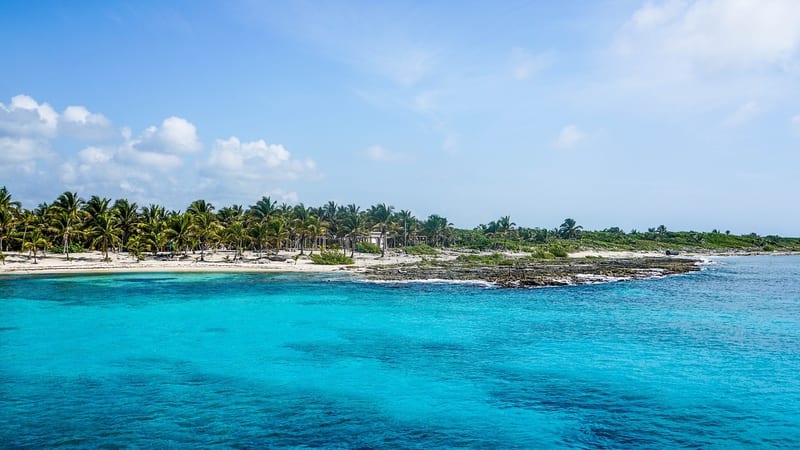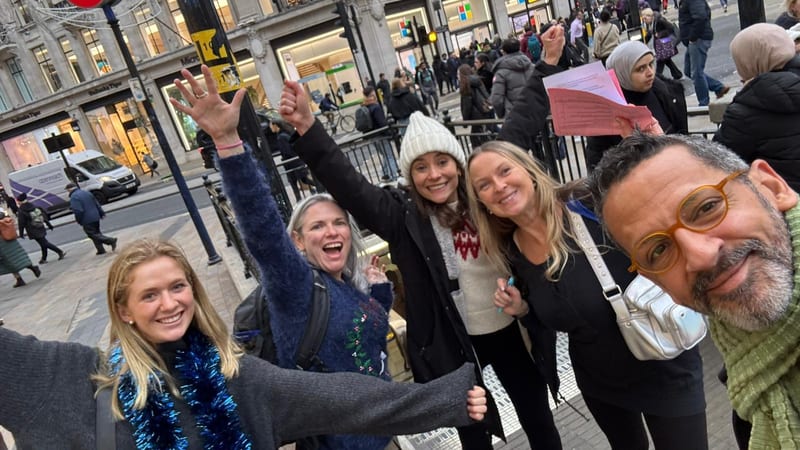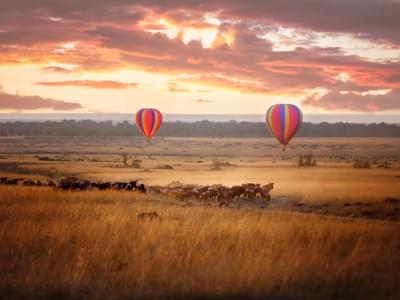
A Kenyan safari is an authentic, wild and very memorable experience, and nowhere in Kenya is more renowned for consistently delivering vast volumes of wildlife than the Masai Mara.
The Masai Mara is one of the world’s leading parks with exceptional wildlife viewing all year round. No matter when you visit, you are guaranteed to see some action on the plains, swimming in the rivers, lurking in the forests and up high in the trees, but depending on the weather, the wildlife can be easier or harder to spot. The incredible wildlife and stunning scenery in the Masai Mara draw an estimated 300,000 tourists there each year.
Forget spring, summer, autumn and winter, when planning a Masai Mara safari, there are three key seasons you need to know and these are; peak or dry season, high or calving season, low or green season. Each season has different pros and cons, which I will talk you through below
Peak or Dry Season
The peak season, also known as the dry season runs from July to the beginning of October. This is the most popular time to visit the Masai Mara because of the Great Migration with its famous Mara river crossing and the dry weather meaning there are short grasses which provide maximum wildlife viewing opportunities.
The weather is slightly cooler this time of year as it is Kenya’s ‘winter’, however it is still warm with very pleasant temperatures of between 20-25°C in the afternoon. The early mornings and evenings are slightly colder (12°C) so remember to bring extra layers for sunrise game drives.
Whilst the weather and wildlife viewing is at its optimum, the disadvantage of travelling in peak season is that prices are at their highest, lodges are full so you need to book well in advance and game viewing can be a more crowded experience. One way to avoid the crowds is to stay in a private conservancy. Whilst these can be further away from the migration, there will still be an enormous amount of wildlife on the plains, so you can see big cats, elephants, wildebeest, zebra, giraffes etc.
If you are keen to see the Great Migration have a look at our guide to seeing the Great Migration in Kenya. Remember you will need to book far in advance for this time of year.

High or Calving Season
The high season, also known as the calving season runs from December to February. While not as popular as peak season, it is still one of the best times to visit the Masai Mara. Young wildebeest, zebras, and other herbivore calves are rushing through the plains and taking their first steps into the world…. but they must beware of the dangers they face as the young are an easy catch for the big cats so predators follow the herbivores closely. Wildebeest tend to sync their pregnancies to each other in order to increase their numbers and gain protection against predators so you can see a large number of calves. New calves are able to walk on their own within minutes of being born and, within a few days, they can even outrun a lioness!
This time of year is perfect to see the big cats out and about. The Mara national reserve and the Mara Naboisho conservancy, home to Asilia Naboisho camp, are known to be areas where there are particularly high concentrations of predators such as lions, cheetahs and leopards.
Although not as expensive as peak season, prices are still high, particularly over Christmas and New Year, and the game reserve can be crowded, so make sure you book far in advance.
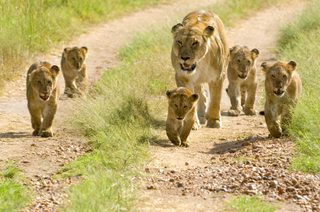
Low or green season
The low season runs from mid-October to November and then again from March to May. This is when the Masai Mara’s short (Oct - Nov) and long rains (March – May) occur, it therefore can be very wet and hard to drive around as the roads can get very boggy.
Whilst travelling in the middle of the wet season isn’t something we would recommend and during April many of the camps shut for essential maintenance, travelling during the shoulder months of March, June and November can be incredibly rewarding. During this period the Masai Mara’s landscape is filled with beautiful shades of green and freshly blossoming trees. It offers stunning landscapes, the lowest rates and a quieter, less crowded experience. This time of year, there will be a lot going on across the plains, impalas and antelopes feast on the lush grasses, and you may well encounter a cheetah engaged in a high-speed chase.
Temperatures during the day can go up to 27°C, and the early mornings and evenings are much colder with temperatures going as low as 13°C. The rains tend to arrive in the afternoon/ evenings so therefore the morning game drives are recommended.
The green season is also best for bird watching. Migrating birds come towards the Masai Mara to enjoy the blossoming trees, filling them with colour. The flowering trees give perfect shelter and food for the birds, therefore making Landscape and bird photography best at this time of year.
Camps such as Sala’s camp and Rekero Tented Camp are amazing places to stay as the river is high and the sounds are spectacular to absorb from your bedroom. This doubles as a lullaby to put you straight to sleep and a natural alarm to wake you up in the morning.
When staying in private conservancies like Enonkishu conservancy (House in the Wild), getting involved in the community by visiting schools can be a fun alternative activity to safaris.

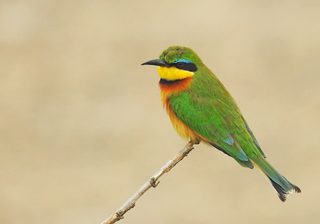
Month by month guide to the Masai Mara
January- February
January and February are popular months due to the calving season and a dry break between the long and short rains. The November and December rains have left the plains green and lush for the young herbivores to roam and build up their strength.
The long grass can make it more challenging to spot the big cats which hide within it, however, in February, the plains become drier and the grass starts to shorten which makes for excellent game and bird viewing. February is also the peak calving month with most wildebeest being born during this time.
Prices can be expensive at the beginning of January, but they start to decrease towards the end of the month and into February.

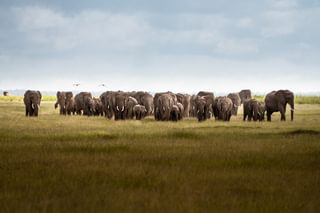
Combine the Masai Mara with:
Amboseli is beautiful this time of year with lovely viewings of Mount Kilimanjaro, especially in the early mornings and evenings. It is also a great time to see the flamingos on Lake Nakuru. Alternatively, head to the coast for the hot beaches and crystal-clear seas, perfect for snorkelling. If you are lucky, you might spot a migrating whale shark. For more adventurous holidays, January is also the beginning of the trekking season for Mount Kenya.
March- April
The temperatures start to rise, and it is the beginning of the long rains. Days tend to be hot and then there are heavy showers in the afternoon. The vibrant shades of green return to the Masai Mara and animals thrive.
Travelling at the beginning of March, before the long rains kick in can be very rewarding as the grasses are short and animals tend to gather around waterholes due to limited water supplies which can make for exciting game viewing.
Once the rains kick in, the roads tend to be difficult to drive on and you may get stuck a few times, but this can all add to the adventure. During these months the prices tend to reduce, and you can get some great deals, before rising again in Easter.
It is worth being aware that many lodges do close the month of April to do maintenance work and many visitors choose to avoid this wet month.
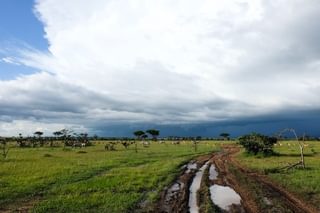

Combine it with:
Northern Kenya, such as Samburu or the Mathews range is wonderful this time of year as the rain showers in the afternoon mean the landscape is filled with lush grass, very rare to see in these dry parts of Kenya.
May-June
The long rains continue in the month of May and begin to end during June. With the landscape gaining a beautiful emerald green, photography is excellent this time of year, although, with plenty of water everywhere, the game can be harder to find! June offers a wonderful chance to visit before peak season truly kicks in. Temperatures are still high and there are more clear blue skies.
If you are travelling during this time, we’d recommend visiting a private conservancy as these tend to attract more predators animals than the main game reserve due to the land being shared with cattle. The cattle keep the grass short which helps the animals hunt.
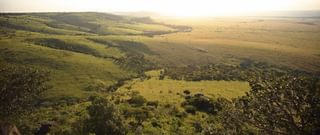
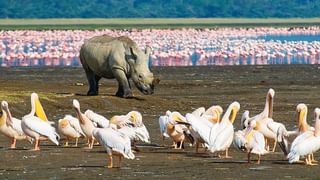
Combine it with
Head north to Samburu, Liosaba Conservancy and Tsavo which are home to the magnificent north-Kenyan elephants known for their long tusks and larger size. Now is also a fantastic time to see the flamingos at Lake Nakuru who feast on the algae after the rains.
July- August
Coming into the Masai Mara's peak season, where you may see the great migration including the Mara river crossings, you can expect comfortable temperatures and dry surroundings.
Game drives in the early morning are undoubtedly a highlight since you may see hippos returning to the rivers, leopards resuming their hiding places, and the golden colours of the sunrise reflecting on the dry yellow grass as lions start to roam the plains.
Coming into the evening after a day of game driving, you can always count on a perfect sunset that fills the skies in shades of orange and red. With a drink in your hand, sitting and watching the animals prepare for the night ahead is a perfect way to end your day.
These two months are the busiest making the lodges peak prices and booked up in advance.
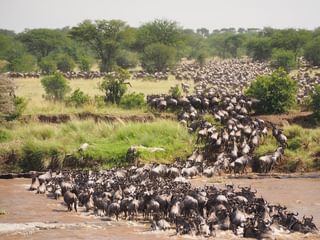

Combine it with
On the north coast lies Lamu which is the perfect destination after your safari as it offers cooler temperatures with a nice sea breeze as you relax on the coast, as well as the cultural experience of visiting Lamu town.
In addition, Lake Nakuru, situated in the Rift Valley is perfect to visit as the flamingos will be thriving at this time of the year.
September- October
The migration slowly moves northwards through the Masai Mara before returning to the Serengeti. Now is another fantastic time to travel and you will see a lot of action at the rivers and on the plains. Shorter grass is perfect for wildlife viewing, and although the temperatures are starting to get hotter, it is still very pleasant. Although this is still peak season it may not be as crowded, especially in private conservancies and you get into October.
In October the wildebeest start to head back southwards towards the Serengeti, but some settle and stay to rest after their long journey.
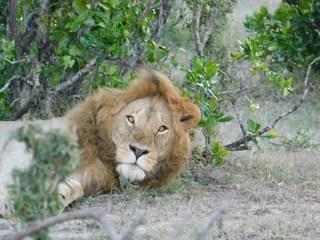

Combine it with
The temperatures at the coast start to pick up and the sea begins to clear which is wonderful for diving and snorkelling. October marks the start of the whale migration (through to March) which can be seen from Diani.
You can also visit Hell’s Gate National park, where you can climb Mount Longonot and Hike throw Hell’s Gate gorge, which was the inspiration for a scene in the original Lion King movie.
November- December
November is the start of the short rains which gives the Mara plains a lovely tint of green, perfect for photography. November to April are best known for birdwatching due to the European and Northern African migratory birds arriving.
Temperatures are hot during the day and cold at night, with showers in the afternoon. Game drives are perfect in the morning and the evening once the afternoon rainfall has stopped but beware as the roads may be muddy.
November is less crowded, and prices are low, however, coming into the calving season in December prices can rise and the Masai Mara becomes more popular.
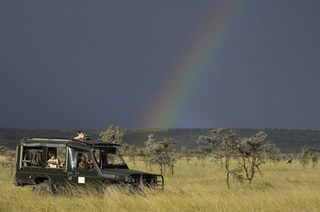

Combine it with:
Witness the flamingos at Lake Nakuru or visit Aberdare National Park, which is excellent for fishing and viewing rare animals such as the black serval cat. This is situated just north of Nairobi and forms part of the volcanic, mountainous range above the Rift Valley.
In the South, Amboseli is also a great place to visit as the dust has settled due to the rains providing a clear view of Mount Kilimanjaro.
The coast on the other hand has hot temperatures with clear waters, perfect for snorkelling and diving in Diani.
Looking for more inspiration? Take a look at our 26 best safari holiday ideas, our top African honeymoon ideas or our best family safaris.




